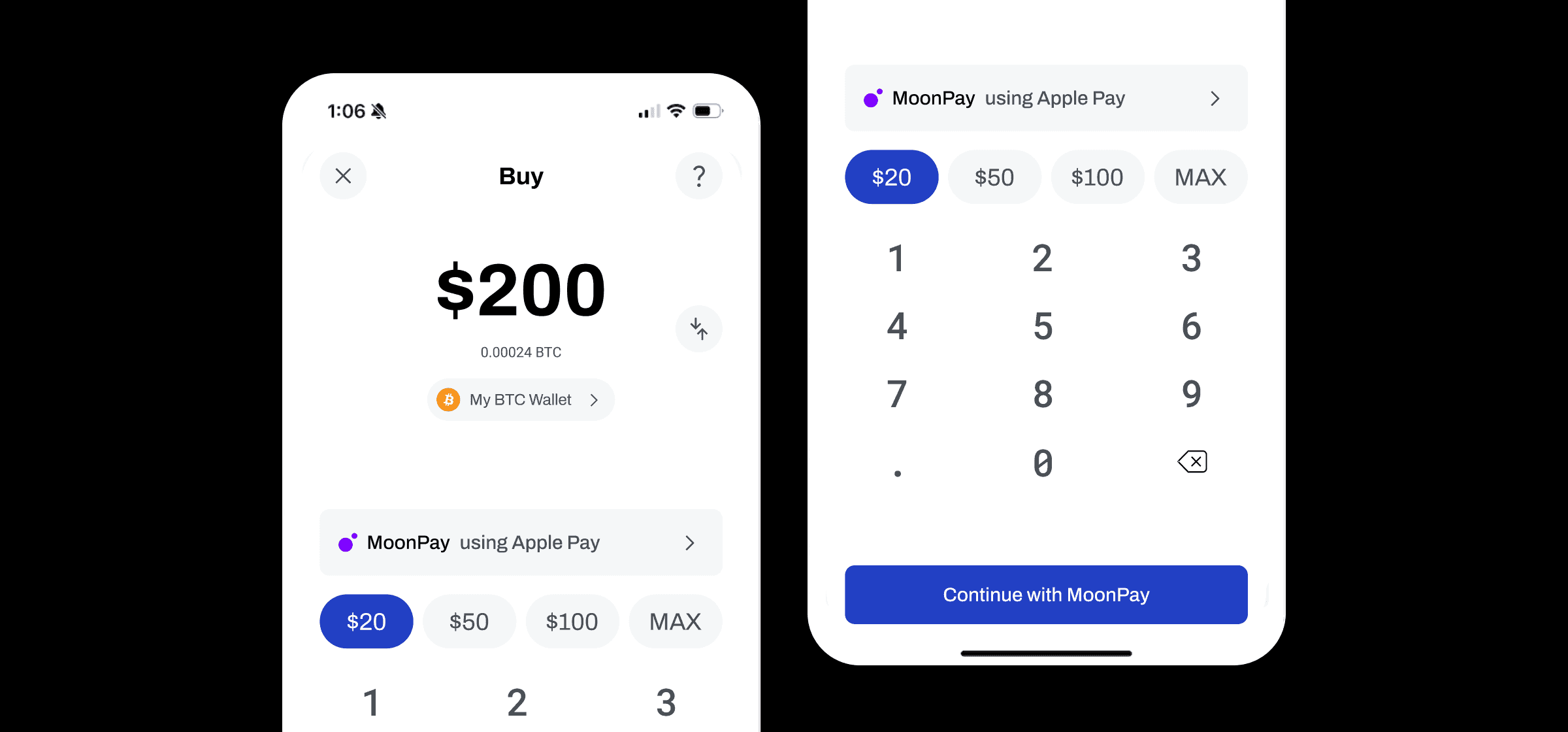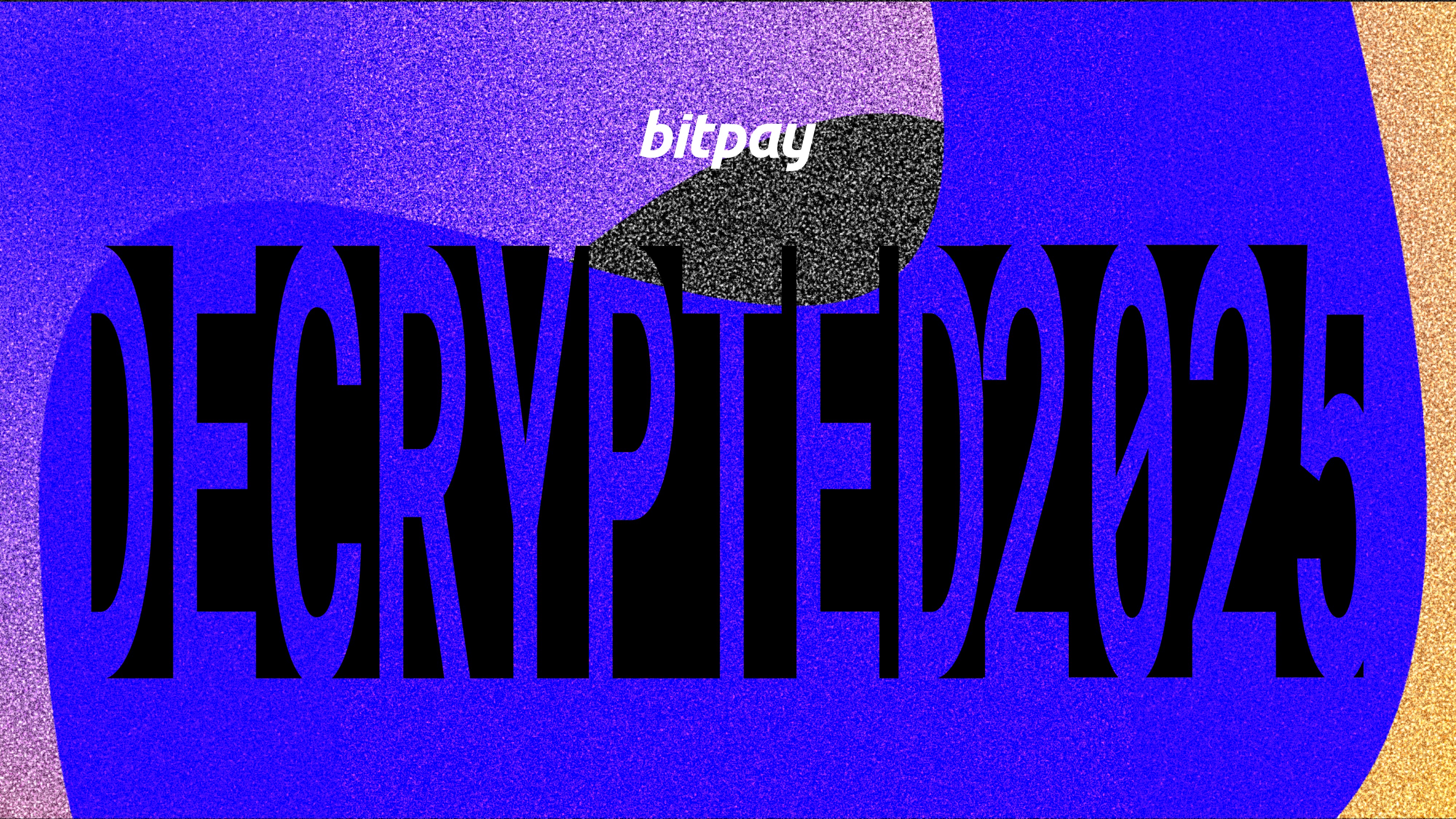October 10, 2024
Decoding Blockchain: The Revolutionary Technology Behind Cryptocurrencies and Beyond
The Important Bits
Blockchain is a decentralized ledger technology that stores data on an immutable ledger across a distributed network of nodes, enhancing security and transparency without central control.
How blockchain works: Blockchain operates through a chain of blocks containing transactions, validated by a network of nodes. Once verified, transactions are added to the blockchain in an immutable, chronological order, ensuring data integrity and security.
Applications of blockchain technology: Besides powering cryptocurrencies like Bitcoin, blockchain supports smart contracts, decentralized finance (DeFi), and niche applications in insurance, asset management, regulatory compliance, supply chain management, and healthcare.
Security and transparency: Blockchain ensures robust data security through its encrypted, tamper-resistant structure and provides transparency with a public ledger accessible to all participants.
Challenges facing blockchain: Key challenges include scalability, energy consumption, and regulatory issues, with ongoing efforts to address these through technologies like Layer 2 networks and alternative consensus mechanisms such as proof-of-stake.
What is blockchain technology and how does it work? In this guide, we’ll answer questions like this one and address others such as what is the purpose of blockchain technology and what is a blockchain.
Understanding blockchain technology
At its core, blockchain is a form of distributed ledger technology (DLT) that allows data to be stored on numerous servers in different locations worldwide. This removes any central point of failure while allowing for a decentralized, permissionless network.
Blockchain enables participants to see everyone else's entries in real time, as all transactions are recorded on an immutable public ledger. This innovative approach to data management and security is part of what makes blockchain a groundbreaking technology.
In traditional databases, one entity controls one server or a group of servers. This centralizes control, creates a single point of failure, and introduces the potential for the owners of the database to alter its contents as they wish. The entity in control of the servers and its database can also control who has access to the system.
Most blockchains, by contrast, are open-source and permissionless, meaning their software code is transparent and anyone can use the system without needing to obtain permission.
How blockchain works
Blockchain operates through a chain of blocks, each of which contain a certain number of transactions. Whenever a new transaction is made, it is broadcasted to a network of computers scattered across the globe. These computers, known as nodes, validate the transaction using algorithms. A verified transaction can involve the sending/receiving of cryptocurrency, smart contract functions, records, or other valuable information. Text messages can also be sent with a transaction.
Once a transaction is confirmed, it is combined with other transactions to create a new block of data for the ledger. This new block is then added to the existing blockchain, in a way that is permanent and unalterable. This process ensures the integrity and chronological order of the blockchain. To tamper with the data of any particular block within the ledger, an attacker would have to undo all previous blocks that came before it. In this way, blockchains tend to become more secure overtime.
Blockchain’s revolutionary applications
What is the purpose of blockchain technology and how can it be used? There are multiple answers to this question, and the field is constantly evolving. New use cases will continue to emerge over time. Here are a few of the most established applications of blockchain.
Cryptocurrency
At the most basic level, blockchain powers all cryptocurrencies. The transfer of digital monetary value on a peer-to-peer basis is the most tried and true application of how blockchain works. One easy way to think of it is the following. In the case of the original cryptocurrency, Bitcoin (BTC), there are two intrinsic elements:
the Bitcoin blockchain
BTC, the currency. BTC is the token that travels on the rails of the Bitcoin blockchain. Put differently, BTC is the native token of the Bitcoin chain. This same concept holds true for any blockchain that has a cryptocurrency associated with it.
Smart contracts
Smart contracts are programmatic agreements that execute automatically when certain terms have been met. They allow for different functions to be carried out on a blockchain without anyone needing to hit a button or otherwise give direct instructions to a computer. This invention has led to the proliferation of decentralized applications (dApps) that can run on their own, without needing a centralized party to facilitate their operations.
Decentralized Finance (DeFi)
Thanks to the capabilities of smart contracts and dApps, many financial services that were once the exclusive domain of banks and traditional financial institutions can now be made accessible to anyone. Borrowing and lending, trading, insurance, earning interest on deposits, and participating in the governance of platforms are now possible in the realm of decentralized finance (DeFi). For the first time, underbanked or bankless individuals can use these services, all without leaving the blockchain and crypto ecosystem.
Other Applications
There are other, more niche uses for blockchain as well. Some of these include:
Insurance: Blockchain technology may make handling insurance claims more effective. According to IBM, it is already assisting clients with automating underwriting, resolving claims, and lowering fraud by utilizing blockchain technology.
Asset management: Blockchain financial services can benefit real estate funds, venture capital firms, private equity firms, and other comparable organizations in the asset management space. These organizations frequently discover that they need to enhance risk management and stay in compliance with evolving rules.
Regulatory compliance: Financial institutions can struggle to keep pace with changing regulations. Blockchains can help by programming specific governance attributes into digital assets, eliminating human errors, and improving network governance.
Supply chain management: blockchain technology can enhance supply chain transparency by providing immutable records, improving traceability, and reducing fraud.
Healthcare: Blockchain has the transformative potential in healthcare to enhance data security, privacy, and interoperability, thus improving efficiency and patient outcomes.
Security and transparency in blockchain
Security
Blockchain technology offers a robust framework for ensuring data security and transparency through its unique structure and operational protocols. At its core, a blockchain is an encrypted database distributed across a network of computers, known as nodes. Each transaction is recorded in a block, which is then linked to the previous block, forming a chain. This chaining process ensures that once data is recorded, it cannot be altered without altering all subsequent blocks, making tampering exceedingly difficult. The decentralized nature of blockchain means there is no single point of failure, which enhances security by reducing the risk of data breaches and malicious attacks.
Transparency
Transparency is another key feature of blockchain technology, facilitated by its public ledger system. All transactions are recorded in a way that is accessible to anyone with a blockchain explorer tool, allowing for complete visibility of the data history. This public ledger ensures that users can verify transactions independently, fostering trust and accountability. Despite the transparency, blockchain also offers a degree of privacy through pseudonymity; while transaction details are public, the identities of the participants are not directly linked to their digital wallets. This balance of transparency and privacy underpins the trustworthiness and integrity of blockchain networks.
Challenges and limitations of blockchain
Blockchain technology is still in infancy. The very concept of a blockchain is only fifteen years old, with the Bitcoin genesis block (the first ever block in a blockchain) being mined in early 2009. In comparison, the World Wide Web, the version of the internet we use today, was invented in 1991 by Tim Berners-Lee. In this light, blockchain can be seen as having a similar state of development as the modern internet was in 2006. It stands to reason that the most useful iterations of blockchains have yet to be seen.
Here are a few of the most significant hurdles that blockchain developers are currently grappling with.
Scalability
The challenge of many blockchains is maintaining the three pillars of decentralization, scalability, and security. Improving one area tends to sacrifice the others. This problem has come to be known as the “crypto trilemma” and provides a good framework for understanding the main challenges faced by those developing these technologies.
One of the most successful implementations to improve scalability are Layer 2 networks like Bitcoin’s Lightning Network and Ethereum scaling solutions like Polygon, Arbitrum, Optimism, and Base.
Energy usage
Concerns have been raised over the energy usage of proof-of-work (PoW) blockchains like Bitcoin. Confirming new blocks requires a vast amount of computational power and electricity. However, according to a 2024 study by KPMG, Bitcoin mining's energy usage is becoming increasingly efficient, with a growing reliance on renewable energy sources such as hydropower, wind, and solar. This shift not only helps stabilize power grids but also reduces methane emissions by converting waste gasses into electricity.
Alternatives to PoW have been invented to mitigate this problem. Proof-of-stake (PoS) is one popular consensus mechanism that is touted as being much more energy-efficient than PoW. Rather than using energy to solve complex mathematical problems, PoS relies on users to lock up or “stake” their funds for a set amount of time to help secure the network. As of 2022, Ethereum, the second most popular blockchain, moved to a PoS consensus mechanism.
Regulation
There’s also the issue of regulatory concerns. New tech landscape combined with a new asset class poses challenges to both innovators and regulators. Regulations tend to be conceived and implemented at a snail’s pace, while technology advances at light speed. This discrepancy leads to a long period of many legal gray areas existing. For instance, some countries are creating comprehensive regulatory frameworks while others still grapple with how to classify digital assets.
Summarizing the blockchain transformation
The ability to maintain a decentralized database that can’t be changed introduces a lot of revolutionary new ideas. It can democratize and make entire industries transparent, like DeFi has begun to do. Many of the most interesting applications have yet to be perfected, like blockchain’s potential in insurance, regtech, and asset management.
One of the best ways to learn about blockchain is to engage with the technology itself. Consider experimenting with web-based or mobile wallets, which tend to be the most user-friendly. Some DeFi and Web3 protocols are also relatively easy to use with minimal investments of time and money.
Note: All information herein is for educational purposes only, and shouldn't be interpreted as legal, tax, financial, investment or other advice. BitPay does not guarantee the accuracy, completeness, or usefulness of any information in this publication and we neither endorse, nor are we responsible for, the accuracy or reliability of any information submitted or published by third parties. Nothing contained herein shall constitute a solicitation, recommendation, endorsement or offer to invest, buy, or sell any coins, tokens or other crypto assets. BitPay is not liable for any errors, omissions or inaccuracies. For legal, tax, investment or financial guidance, a professional should be consulted.





